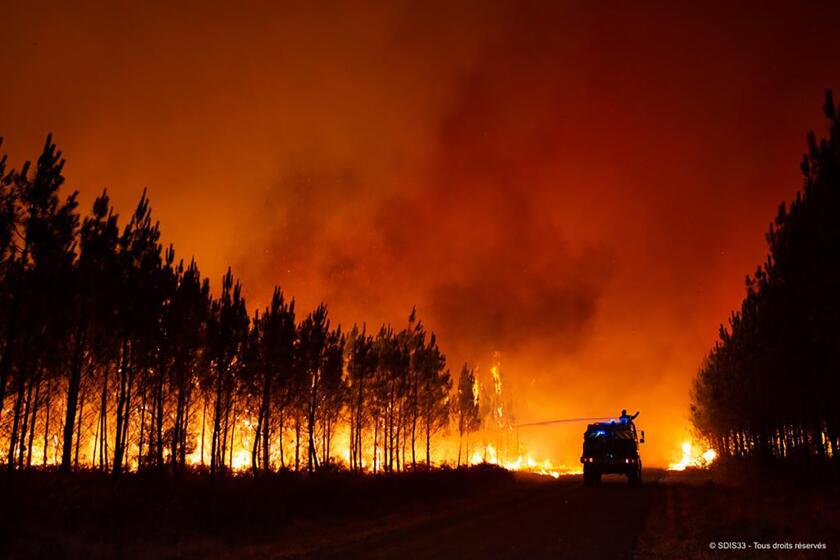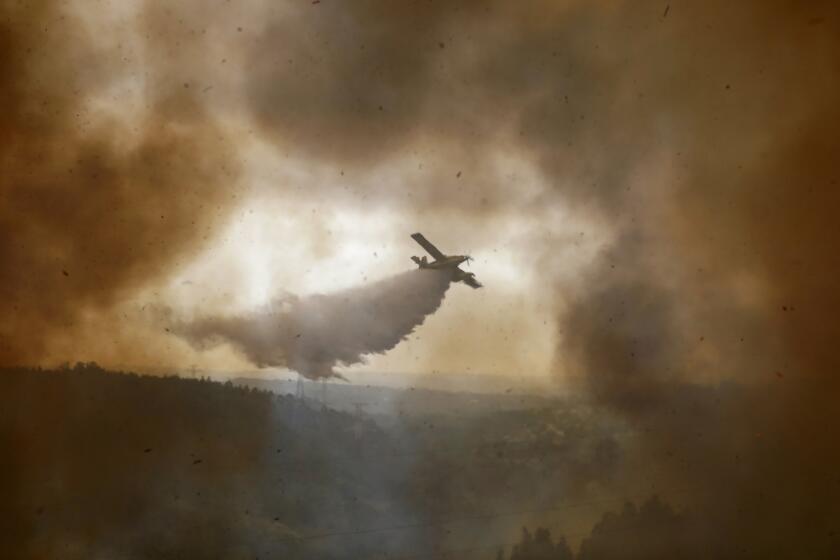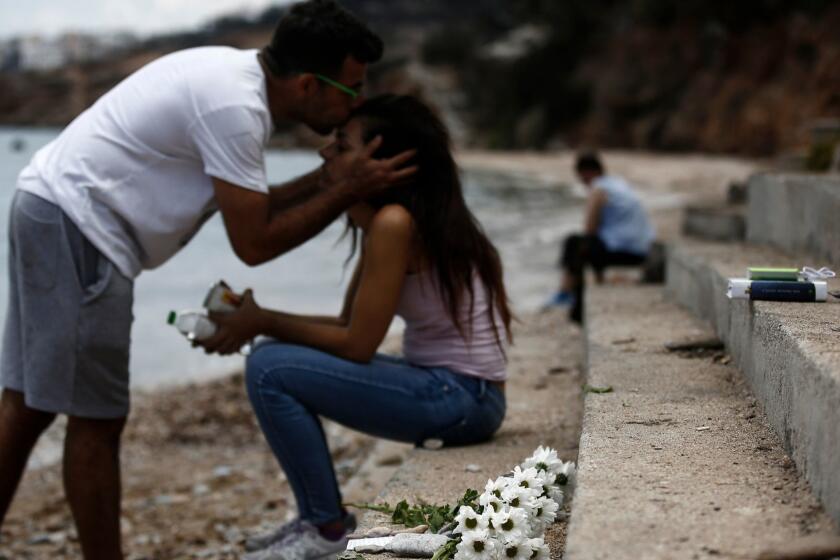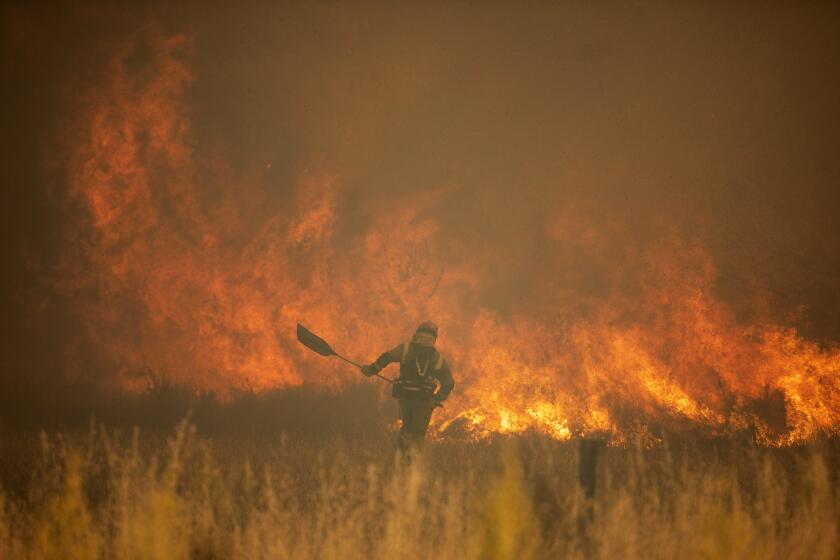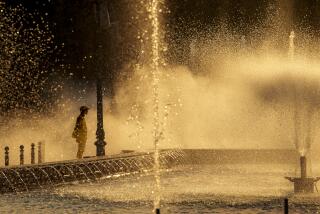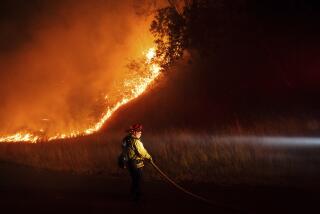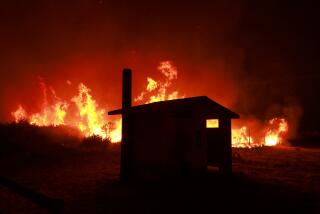Drought and rising heat bring unusual wildfire warnings in Northern Europe
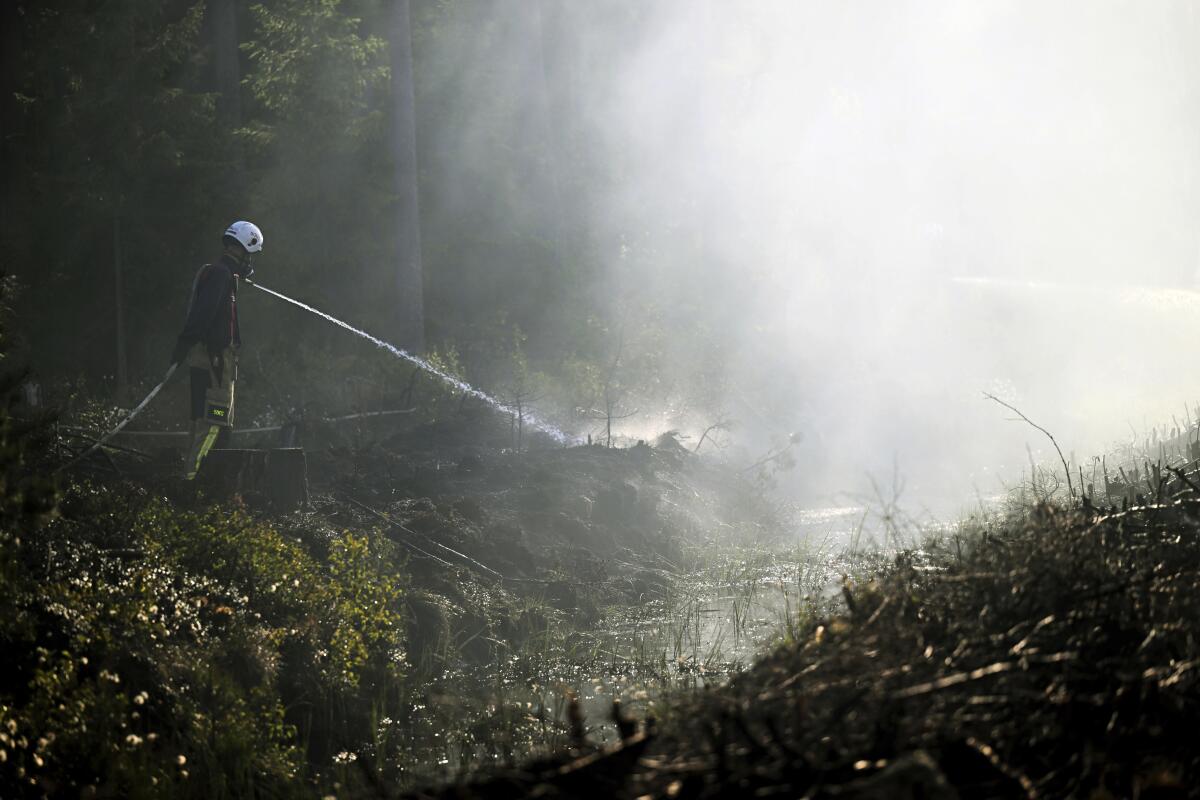
HELSINKI â Summer is wildfire season in Southern Europe, but this year the continentâs north is also at risk, with forest fire warnings in effect from Scotland to the Nordic and Baltic countries.
A lack of rain and rising temperatures have created dangerously dry conditions in the region, leading to worries of a repeat of the summer of 2018, when major wildfires swept across Sweden in particular.
Small fires are already burning in Norway, Sweden, Denmark, Finland and Scotland, and experts worry it could get much worse unless thereâs significant rainfall in coming weeks.
Unlike the sun-soaked Mediterranean countries, which have to deal with wildfires every summer, the phenomenon is rare in the countries of Northern Europe, where summers are normally cool and wet by comparison.
âThese countries are relatively new to drought problems,â said Niclas Hjerdt, head of hydrological forecasting at Swedenâs weather agency SMHI. âWe usually have an excess of water up here in Northern Europe and Scandinavia. So there isnât this historic knowledge of how to deal with drought situations that you could find in countries further south in Europe.â
Europe is suffering under a severe heat wave and drought that has produced tragic consequences for farmers and ecosystems.
SMHI says southern Sweden received very little rain in May and not a single drop so far in June, leaving the soil exceptionally dry. The agency says the risk of wildfires is now âextremely highâ in the southern half of the country, including the Stockholm region, and even though thereâs some rain in the forecast this weekend, itâs unlikely to have a significant impact, Hjerdt said.
In neighboring Finland, the Finnish Meteorological Institute has warned of dry terrain and a âhigh riskâ of forest fires in most of the country, with a âvery high riskâ in southwestern Finland and the Aaland islands in the Baltic Sea. Both Sweden and Finland are mostly covered by forests.
Similar warnings have been issued in Norway, Denmark and the Baltic countries while Scotland recently issued its fourth wildfire warning in three weeks. Campfires are banned or discouraged in affected areas.
Experts say the drought could be related to the transition of La Niña to El Niño climatic conditions in the Pacific, which shifts weather patterns across the world, and often leads to dry summers in Northern Europe.
Firefighters in Portugal, Spain, Croatia and southern France are battling a spate of wildfires amid an unusual heat wave linked to climate change.
Hjerdt said itâs too early to draw any link to climate change but added that in general, a warming climate is making the Nordic region more vulnerable to forest fires by making summers longer and winters shorter, prolonging the âvegetativeâ season when most precipitation evaporates or transpires rather than sinking deeper into the ground.
Temperatures are heating up in the region, including in Finland, a country straddling the Arctic Circle.
âThe heat wave can stay on the surface for next week as well and spread all the way to Lapland,â said the Finnish instituteâs meteorologist Tuomo Bergman, referring to Finlandâs northernmost area. No substantial rain was expected in Finland until around the June 24 observance of Midsummer, he said, when traditional bonfires will be banned.
Denmarkâs agriculture minister, Jacob Jensen, said that âthe drought has already had a major impact on our agriculture in the past few weeks, and with the prospect of a summer without rain, we will have to have a clear plan for how we can help agriculture in the best possible way.â
The Federation of Swedish Farmers said the drought had already affected grassland crops and could have an impact on cereals.
As a scorching heat wave engulfs large parts of Europe this summer, fires have torn through dozens of countries across the European Union.
âIf there is no rain soon, future harvests will suffer,â the industry group said in a statement. It noted that after the hot and dry summer of 2018, the industry lost almost the entire grain harvest at a cost of approximately $1.2 billion.
Globally, last month was second warmest May on record, according to the European Commissionâs Copernicus Climate Change Service, with temperatures in Canada and the northern United States particularly warm. Canada saw major wildfires that sent hazardous haze deep into the U.S.
In Europe, May was drier than average in southern Scandinavia, the Baltic countries and western Russia, Copernicus said. Meanwhile, most of Southern Europe except Spain and Portugal saw wetter than average conditions, with severe floods in northern Italy.
Parts of the Balkans are now experiencing heavy floods caused by strong and persistent rain. Highways and roads have been closed in Serbia and Montenegro due to landslides, some bridges have collapsed and hundreds of people have been rescued from flooded homes and cars.
Firefighters in Spain and Germany are struggling to contain wildfires amid an early heat wave in Western Europe.
The southwestern part of Europe has been much drier. This spring in Spain was the hottest â and the second driest â on record for the country. That has created conditions for wildfires breaking out early this year and the need for restrictions on water for agriculture, industry and filling private swimming pools in the hardest hit areas.
In France, after a drought last summer, two-thirds of the national water tables have fallen below normal levels. Localized forest fires have broken out in parts of France including regions such as Lorraine and Vosges where extreme heat and forest fires are rare.
Sweden saw the worst forest fires in its modern history in 2018 during an unusually dry and warm summer. The wildfires also affected Denmark, Finland and Norway.
âWe are currently in a serious situation, it is similar to the one that prevailed before the summer of 2018,â Swedenâs Civil Defense Minister Carl-Oskar Bohlin said Thursday, adding airborne firefighting units were on standby.
Ritter reported from Stockholm. Jan M. Olsen in Copenhagen; David Keyton in Stockholm, Thomas Adamson in Paris, Joseph Wilson in Barcelona, Spain; and Dusan Stojanovic in Belgrade, Serbia, contributed to this report.
More to Read
Sign up for Essential California
The most important California stories and recommendations in your inbox every morning.
You may occasionally receive promotional content from the Los Angeles Times.
